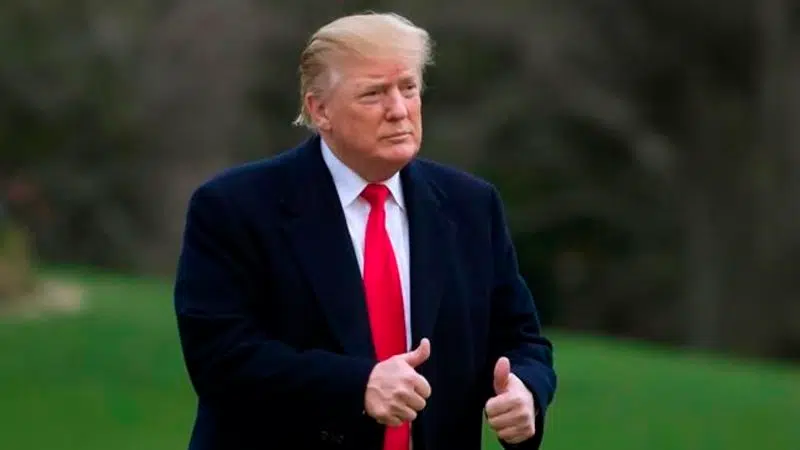
Trump assembling an army of operatives for re-election fight
WASHINGTON — In 2016, President Donald Trump compared Hillary Clinton’s campaign to the lumbering federal bureaucracy. Now he’s building one of his own.
From an office tower across the Potomac River from Washington, from the bowels of the Republican National Committee’s headquarters on Capitol Hill and from field offices across the country, Trump is assembling an army of operatives to fight for victory in what stands to be a legacy-defining political battle. Even with a sea of still-unfilled desks, his 2020 campaign is already unrecognizable from the fly-by-night operation of the last effort, when Trump won the White House despite his inexperienced campaign team.
Trump may still consider himself his own best strategist and communicator, but this time he’s leaving nothing to chance. Trump’s 2020 effort is melding the RNC and his presidential campaign into one functional entity, with the two organizations sharing staff, resources and data in what they argue is the perfect model of the modern integrated campaign.


